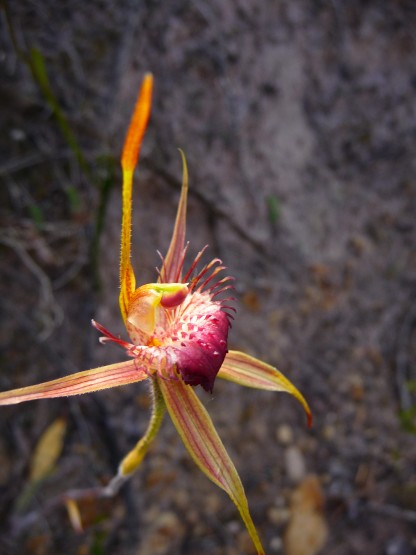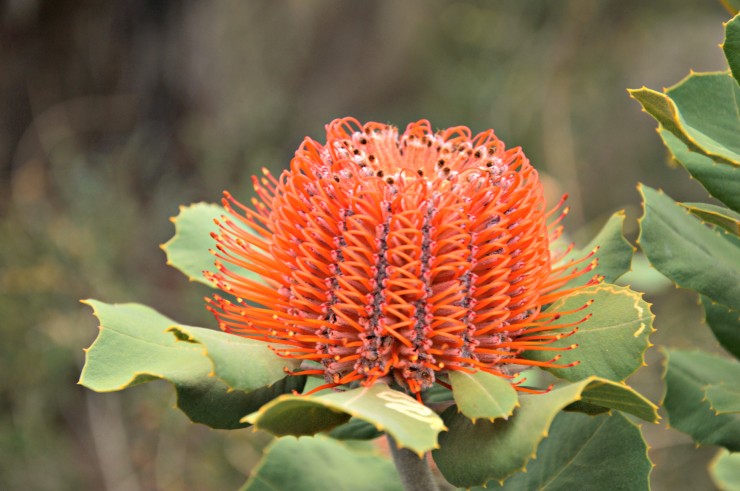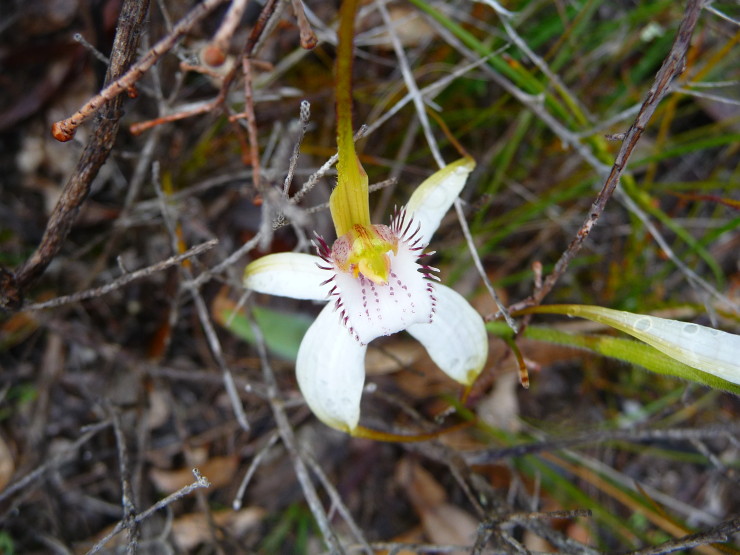Wildflowers of the Stirling Ranges: Best Wildflowers in Western Australia
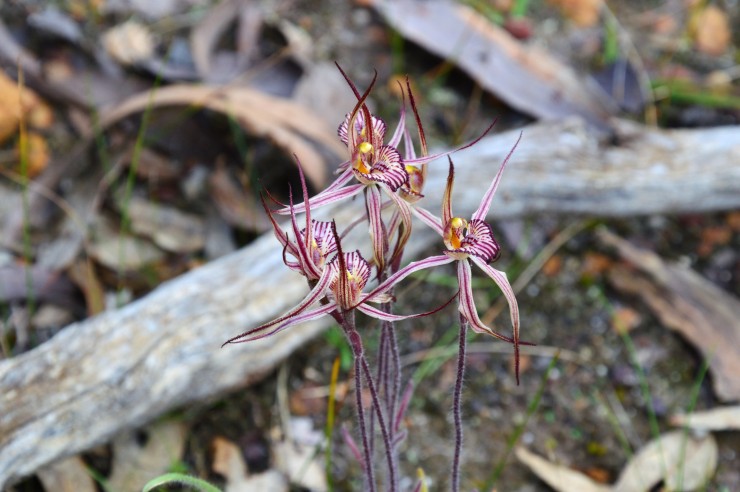
Wildflowers of the Stirling Ranges: Best Wildflowers in Western Australia
Posted on
Do you want to know where to go to see wildflowers in Western Australia?
If you want the best bang for your buck, lock the Stirling Ranges into your sights. The national park is about 5 hours drive south west of Perth and boast some of the best wildflowers in WA. There you can find over 1500 species of plants, 100 of which exist no where else in the world.
Coupled with extraordinary mountain views, the Stirling Ranges are one of the best tourist attractions in Western Australia.
The best time to visit the Stirling Ranges for wildflowers is September and October. August is good if you are looking for the Queen of Sheba Orchid (the holy grail of WA orchids) but it can be very wet.
Wildflowers of the Stirling Ranges
There are lots of walking options, however you don’t need to get a sweat up to see the flowers as one of the best places to find wildflowers in the Stirling Ranges is on the side of the road. There are lots of orchids which grow right on the side of the highway (careful of the trucks!) Some of the firebreaks on Red Gum Pass also boast lots of orchids.
Our recommendations in terms of mountain walks are Mount Trio, Mount Talyuberup, Bluff Knoll and Mount Toolburnup. The Perongurups also offer some fabulous walks, just one hour further south.
Be very careful when you are walking around as there are lots of basal leaves on the ground which haven’t yet developed an orchid. The best bet is to stay on the pathways.
This one below is one of my favourite. It is the scarlet Banksia. Beautiful!
I have no idea what this one is below. Even if you are an avid wildflower enthusiast, you will find flowers in the Stirling Ranges you have never seen before.
If you know what this is, please comment at the bottom of this post.
This one below is the Southern Cross flower. It is really prolific in the Stirling Ranges, particularly at the base of Bluff Knoll. Every now and then it is possible to find 5 pointed stars! They are just as lucky as a four leaf clover and definitely more delicate and beautiful.
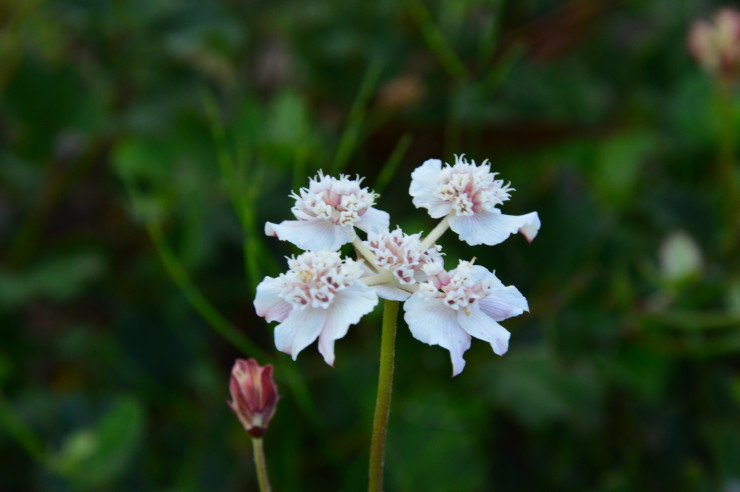
So there is just a little taste of what can be found in the Stirling Ranges. If you would like an up close experience of these little guys and a whole lot more – consider joining us on our annual Walking and wildflowers tour.
